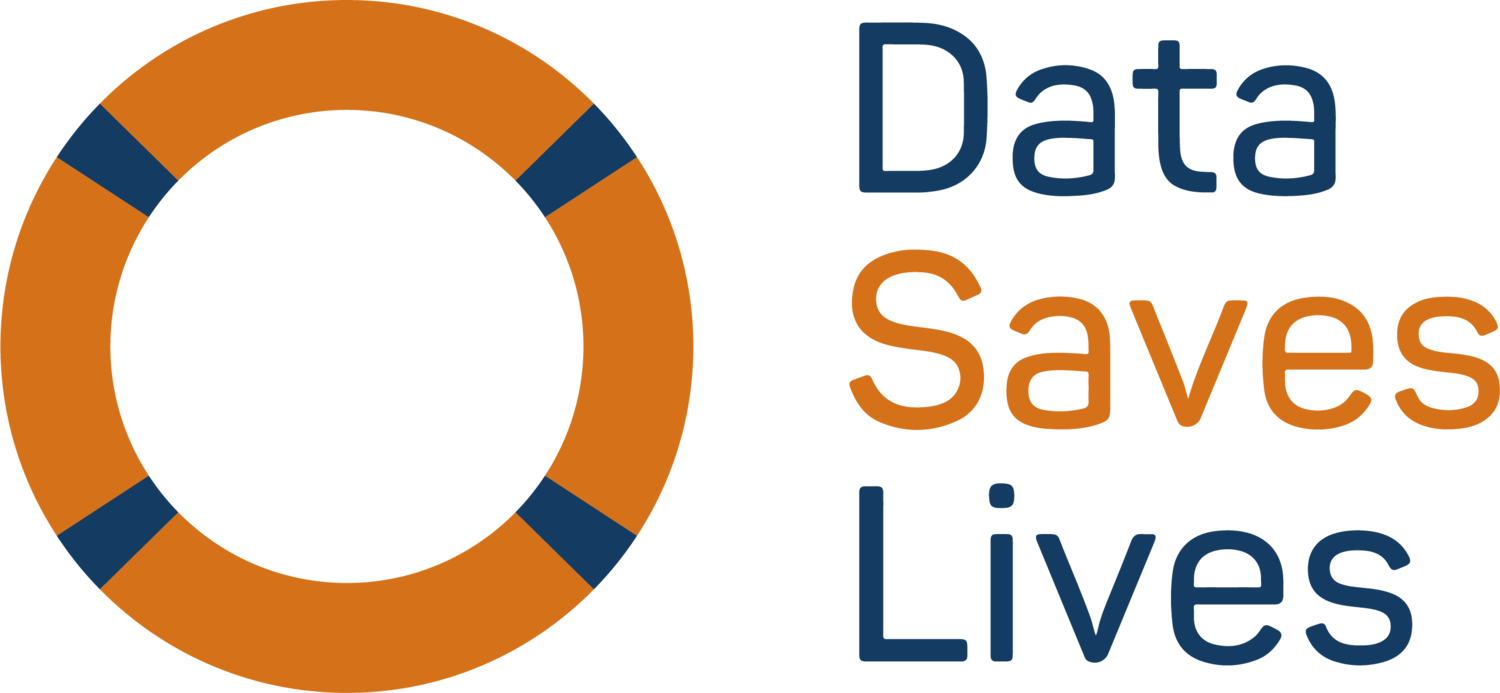Case Studies
One important aim of Data Saves Lives is to collate examples of good practices in using data for research in responsible ways. Case study examples can show how health data have been used to conduct research to fill important knowledge gaps, how the data have been processed and how safeguarded, and what societal benefit has arisen from that research.
The research studies on our site will eventually cover a diversity of health conditions, use various kinds of health data, be undertaken by different kinds of research organisation (public bodies and companies) and occur in different countries or sometimes multiple countries. The research results might sometimes be published as a scientific paper, or might be used to develop a novel product or service that health systems can utilise to diagnose, treat or care for relevant patients, or to prevent diseases.
The summaries explain why the research was needed, how it was conducted, what data was used and how protected, the legal basis for the researchers having access to the data they used, what the research findings were and how the findings might now be used to bring benefits to patients and the public.
Sometimes research does not lead to a positive usable result, but shows that a novel approach does not work, or is inconclusive. We aim to include some of these examples too, to help show that research does not always succeed as the researchers hope.
At present the site contains just a few example case studies. We are working across our community to gather more, so that we properly reflect a balance of different kinds of research.
Like the rest of our site, the case studies are reviewed by our editorial board to ensure our reporting of the research is fair and correct.
